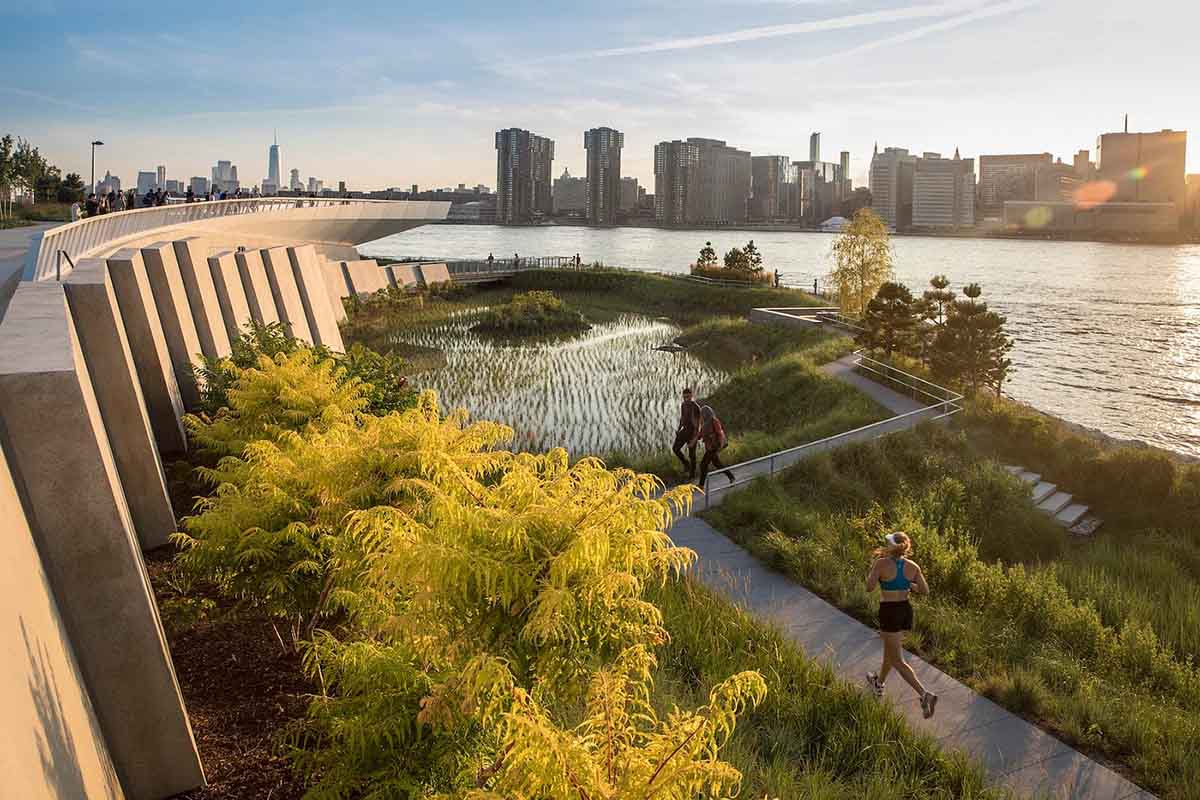Environmental experts now emphasize that focusing solely on preventing climate change is outdated; cities should also prepare for inevitable climate impacts. Even if all fossil fuel use is stopped tomorrow, there’s still a 42% risk of exceeding a 1.5°C global temperature rise target.
Cities are increasingly prone to intense heat waves due to the “urban heat island effect,” making them several degrees warmer than nearby rural areas. This effect occurs because urban materials absorb and reflect heat, coupled with a lack of green spaces and airflow.
With urban populations expected to increase, especially in heat-affected areas, addressing urban heat is also a social justice issue. Vulnerable communities often live in areas with less ventilation and greenery.
To combat these challenges, some cities are implementing warning systems and making architectural adjustments to mitigate heat effects. Let’s look at how some of them managed to do so.
Los Angeles, California
As climate change intensifies, Los Angeles is expected to experience 22 days of extreme heat annually by mid-century. One major culprit is dark asphalt surfaces, which absorb 80-95% of the sun’s rays and contribute to urban heat islands.
To combat this, LA initiated a project to replace dark surfaces with lighter ones, in line with former Mayor Eric Garcetti’s goal to cool the city by 1.67ºC within 20 years.
Starting in 2019, the city experimented with painting roads white using a special coating called CoolSeal, originally developed for military use.
By August 2022, the GAF Cool Community Project had coated 1 million square feet of roads, playgrounds, and parking lots in LA’s Pacoima neighborhood using a different coating called Invisible Shade, sometimes incorporating murals and artwork.
The repainted surfaces are 10-15 degrees cooler on average, reducing the need for air conditioning in nearby buildings. However, there’s debate about whether the reflected heat from the lighter surfaces could make conditions hotter for pedestrians despite the overall cooling effect on the area.
Athens, Greece
Athens, Greece is looking to its ancient past for modern climate solutions. The city plans to restore a Roman-era aqueduct, originally built in 125 AD, to irrigate its limited green spaces.
Once the primary water source for Athens for over a thousand years, the aqueduct will be repurposed to help create green corridors throughout the city. This initiative aims to lower average daily temperatures in Athens, a warm Mediterranean city with little existing greenery.
New York, New York
Since 2009, New York City’s CoolRoofs initiative has trained local residents to apply reflective coatings over 10 million square feet of rooftops to mitigate the urban heat island effect. The coating used is highly effective at reflecting sunlight and emitting absorbed heat.
Typical black asphalt rooftops in NYC can heat up to 190ºF during summer, which is 90ºF higher than the surrounding air.
The project aims to reduce internal building temperatures by up to 30%, thereby cutting down the need for air conditioning. This contributes to the city’s goal of reducing carbon emissions by 80% by 2050.
For every 2,500 square feet of coated roof, the city estimates a reduction of one ton in overall carbon emissions. Free installations are offered to certain organizations, like non-profits and low-income housing.

